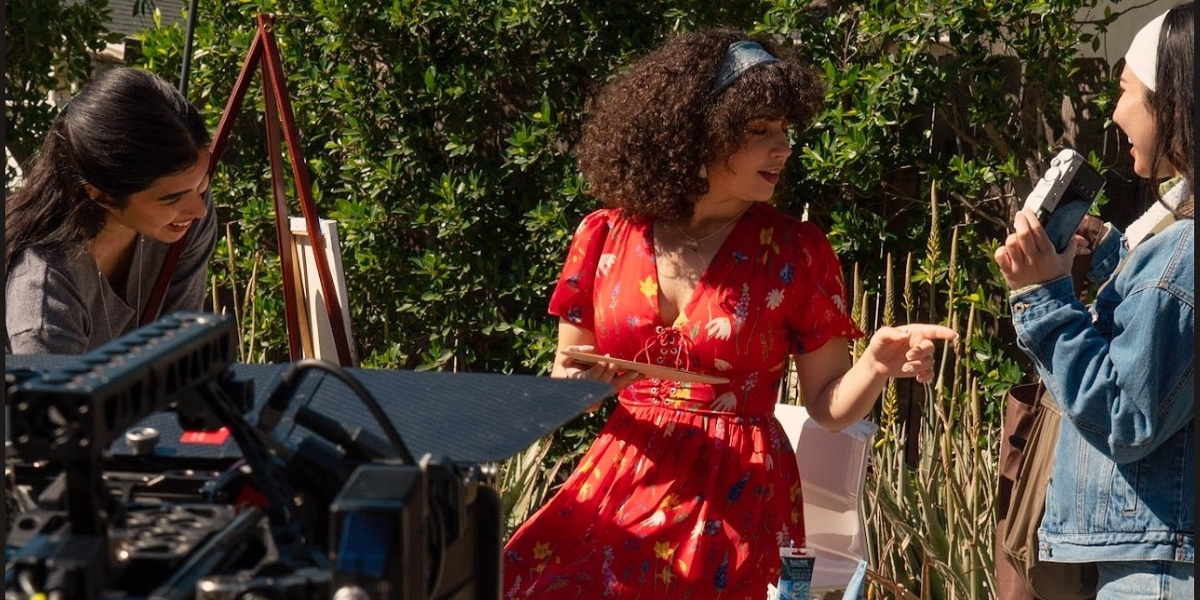More than just cars, lowriders are intricate works of art, symbols of cultural pride, and a uniquely Californian subculture born from the streets of Los Angeles.
LOS ANGELES, California – A gleaming Chevy Impala, its hydraulics bouncing to the beat, draws a crowd on Whittier Boulevard. More than mere transportation, this customized lowrider is a testament to Chicano ingenuity, craftsmanship, and the enduring power of cruising culture in Los Angeles.
The Birth of a Movement
Lowrider history traces back to post-WWII Los Angeles:
- Latino/Chicano Identity: Returning Mexican-American veterans and young people sought community and a way to express both their American and Mexican heritage.
- Cars as Canvas: Affordable older cars became a means of self-expression. Lowering suspensions, intricate paint jobs, and later, hydraulics, were born.
- Cruising Culture: Whittier Boulevard in East LA became the epicenter of cruising, a way to socialize, show off cars, and defy societal limitations.
More Than Just Looks: The Artistry of Lowriders
Lowriders are meticulously crafted labors of love:
- Hydraulics as Art: Not just about bouncing, but intricate choreography set to music, a mesmerizing display of mechanical ingenuity.
- Dazzling Details: Lustrous paint jobs feature everything from candy-colored fades to Aztec-inspired murals and dazzling pinstriping.
- Bespoke Interiors: Crushed velvet, button-tufted upholstery, and even chandeliers elevate lowriders beyond mere transport.
- Built, Not Bought: Many lowrider owners take pride in doing their own customization, passing down skills in a multigenerational tradition.
Symbol of Resistance and Resilience
Lowriders have often faced pushback and prejudice:
- Criminalized Cruising: Authorities cracked down on cruising in the 1970s and 80s, associating lowrider culture with gangs and unfairly targeting Latino communities.
- Reclaiming Space: Cruising became an act of defiance, asserting the right to public space and celebrating Latino cultural presence.
- Evolving Image: While stereotypes persist, lowrider clubs emphasize family, community, and the artistry of the cars, actively working to shift perceptions.
Lowrider Culture’s Reach
The influence of lowrider culture extends far beyond car shows:
- Music Connection: From War’s “Low Rider” to countless hip-hop references, lowriders are intertwined with music and serve as mobile sound systems.
- Art World Recognition: Museums like the Petersen Automotive Museum and LACMA now showcase lowriders, acknowledging their artistry and cultural significance.
- Global Appeal: Lowrider culture has spread internationally, with enthusiasts in Japan, Europe, and beyond, drawn by its unique blend of style and mechanics.
Cruising Through the Generations
Lowrider culture remains vibrant in Los Angeles:
- Multigenerational Passion: Lowrider clubs often have long histories and involve entire families, passing on mechanical know-how, pride in tradition, and creating a supportive community.
- Events as Spectacles: Shows like at the LA County Fair draw crowds to marvel at the dazzling vehicles and hydraulics displays.
- Beyond East LA: While cruising Whittier remains iconic, lowrider culture thrives in neighborhoods across Southern California and beyond.
Debates Within the Culture
Like any dynamic community, the lowrider scene grapples with questions of tradition and change:
- Preserving vs. Evolving: Some purists insist on using only period-authentic parts, while others embrace newer technology and customization trends.
- Commercialization Concerns: As lowrider culture gains wider recognition, there’s concern over exploitation or losing the grassroots spirit.
- Inclusivity Matters: More women and LGBTQ+ people are becoming visible participants in the traditionally male-dominated scene, enriching the culture.
Lowriding is inseparable from the story of Latinos in Los Angeles. Challenges remain in overcoming negative stereotypes, and debates within the community will continue as it evolves.
However, the undeniable artistry, the dedication of lowrider builders, and the sheer joy of cruising ensure that the lowrider legacy will roll on. These cars, imbued with cultural identity, innovation, and a touch of defiance, are a vibrant testament to the power of community and the enduring allure of turning the ordinary into the extraordinary.





